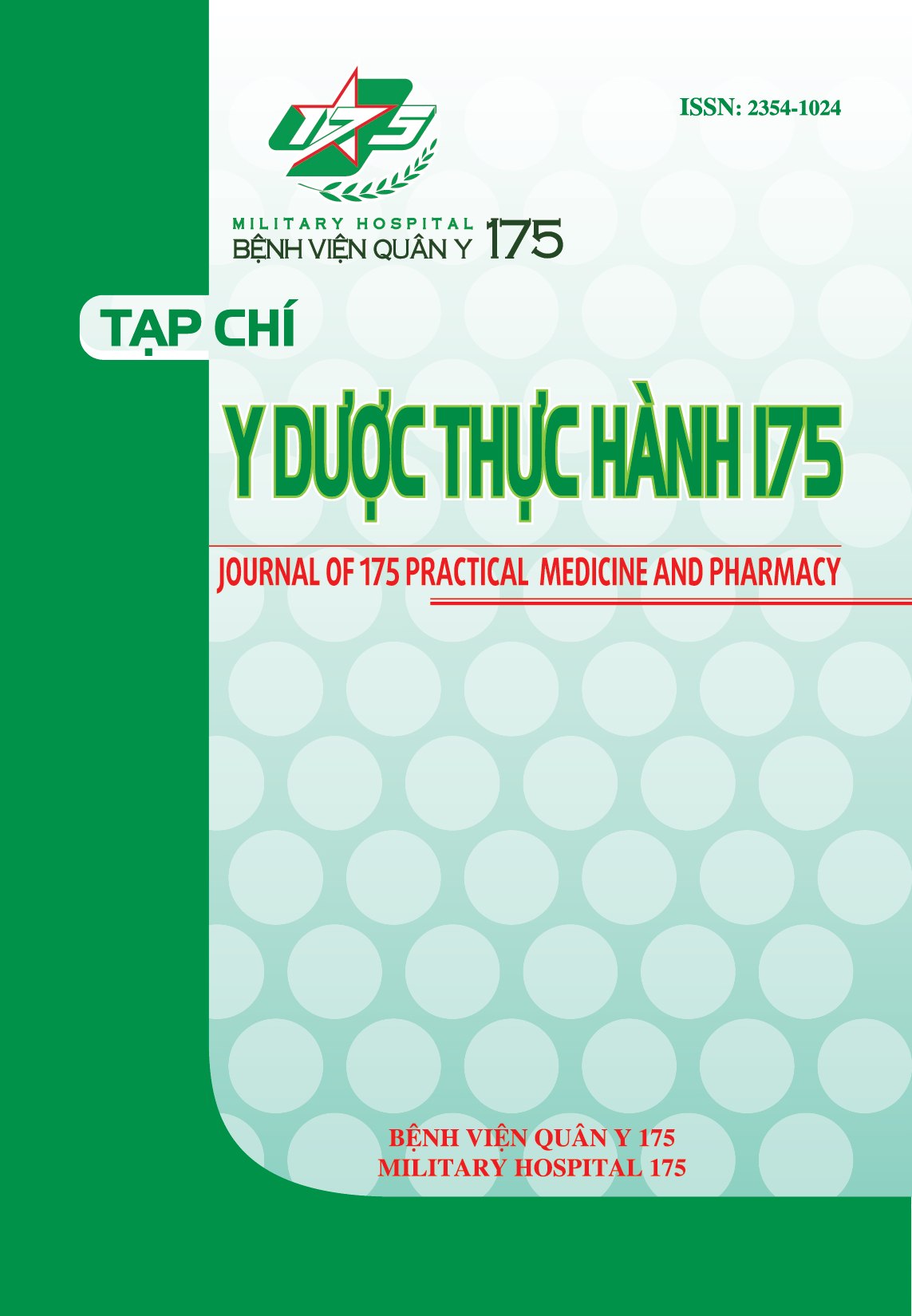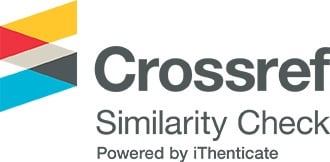SURVEY ON CLINICAL AND SUBCLINICAL CHARACTERISTICS OF NON-ALCOHOLIC FATTY LIVER DISEASE IN PATIENTS WITH HYPERURICEMIA
Authors
DOI: https://doi.org/10.59354/ydth175.2025.364Keywords:
Non-alcoholic fatty liver disease, hyperuricemiaReferences
Riazi K., Azhari H., Charette J. H., et al. (2022). The prevalence and incidence of NAFLD worldwide: a systematic review and meta-analysis. Lancet Gastroenterol Hepatol, 7(9): 851-861.
Oral A., Sahin T., Turker F., et al. (2019). Relationship Between Serum Uric Acid Levels and Nonalcoholic Fatty Liver Disease in Non-Obese Patients. Medicina (Kaunas), 55(9).
Kasper P., Martin A., Lang S., et al. (2021). NAFLD and cardiovascular diseases: a clinical review. Clin Res Cardiol, 110(7): 921-937.
Rahimi-Sakak F., Maroofi M., Rahmani J., et al. (2019). Serum uric acid and risk of cardiovascular mortality: a systematic review and dose-response meta-analysis of cohort studies of over a million participants. BMC Cardiovasc Disord, 19(1): 218.
Karlas T., Petroff D., Garnov N., et al. (2014). Non-invasive assessment of hepatic steatosis in patients with NAFLD using controlled attenuation parameter and 1H-MR spectroscopy. PLoS One, 9(3): e91987.
Cai W., Song J.-m., Zhang B., et al. (2014). The Prevalence of Nonalcoholic Fatty Liver Disease and Relationship with Serum Uric Acid Level in Uyghur Population. The Scientific World Journal, 2014: 393628
Carulli L., Lonardo A., Lombardini S., et al. (2006). Gender, fatty liver and GGT. Hepatology, 44(1): 278-279. 8. Ahmed M. (2015). Non-alcoholic fatty liver disease in 2015. World J Hepatol, 7(11): 1450-1459.
Assy N., Kaita K., Mymin D., et al. (2000). Fatty infiltration of liver in hyperlipidemic patients. Dig Dis Sci, 45(10): 1929-1934.
Méndez-Sánchez N., Cerda-Reyes E., Higuera-de-la-Tijera F., et al. (2020). Dyslipidemia as a risk factor for liver fibrosis progression in a multicentric population with non-alcoholic steatohepatitis. F1000Res, 9: 56.
Witters P., Freson K., Verslype C., et al. (2008). Blood platelet number and function in chronic liver disease and cirrhosis. Aliment Pharmacol Ther, 27(11): 1017-1029.
Đỗ Minh Quân, Trần Thị Khánh Tường. (2024). Tỷ lệ bệnh gan nhiễm mỡ liên quan chuyển hóa ở bệnh nhân đái tháo đường típ 2. Tạp chí Y học Việt Nam, 534(1)
Downloads
PDF Downloaded: 4










